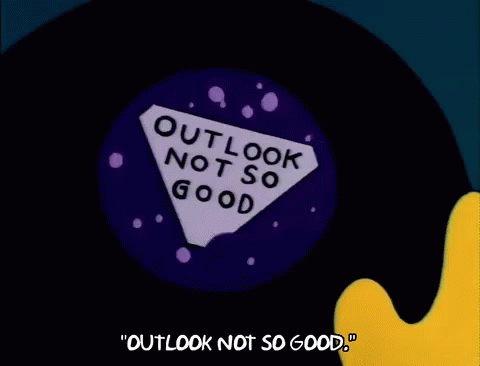*Update*: NOAA Seafood Import Bans Expected in 3̶0̶ ̶D̶a̶y̶s̶ Two Years

Update: On November 16, 2023, NOAA announced an additional two-year delay in the implementation of the Marine Mammal Protection Act Import Provisions.
Original post from November 1, 2023:
Fifteen years after the National Oceanic and Atmospheric Administration (NOAA) was asked to ban seafood imports under the Marine Mammal Protection Act, a regulatory deadline is fast approaching. By the end of this month NOAA is expected to announce potentially far-reaching import bans that will take effect December 31, 2023. Given that some products take weeks to reach the United States, foreign governments, importers, exporters, brokers and software providers like us could be looking at a chaotic December. How did this happen, and what can we expect?
2008 was a different world: In the midst of a Great Recession, Michael Phelps lapped up olympic gold medals and Barack Obama was elected the 44th President and the United States. I was building a king crab hatchery in Alaska, and someone at NOAA was reading an incoming petition from conservation groups to use the Marine Mammal Protection Act in a new way: banning seafood imports. It took eight years, but in August 2016 NOAA responded with Marine Mammal Protection Act Import Provisions. The regulation outlined a complex multi-year process the agency would use to determine which international fisheries should be banned from the US market for not adequately safeguarding the welfare of marine mammals. Updates have been few and far between as the process is primarily government-to-government, but here's what we know:
- Nearly 3,000 fisheries across 130 countries have been evaluated.
- Bilateral engagement has its limits. In 2019, NOAA reported that 23 countries had never engaged with them and an additional 34 had since stopped participating in the determinations process. By 2020, 55 countries had stopped participating. We don't know how NOAA will treat countries that elected not to engage in this process, but the agency can draw information from non-government resources where available to make determinations.
- The regulation is clear: without an affirmative determination that a fishery is acceptable for import, it will be banned with 30 days notice:
...[NOAA], in cooperation with the Secretaries of the Treasury and Homeland Security, shall identify and prohibit the importation of fish and fish products into the United States from the harvesting nation caught or harvested in that fishery. Any such import prohibition shall become effective 30 days after the of publication of the Federal Register notice...
- NOAA has already extended its deadline twice; we are now seven years into the five-year process originally outlined.
- As of NOAA's last public remarks on a trade call hosted by Customs and Border Protection this summer, the November 30 deadline is not expected to change.
What's next?

Whatever happens next is going to be a challenge. After fifteen years and millions of dollars spent on bilateral diplomacy, research and analysis, NOAA appears to be out of runway. It is hard to imagine this massive effort culminating in the decision that marine mammals aren't unduly harmed by commercial fishing anywhere in the world, especially because NOAA has already been sued and lost twice over this with both cases triggering court-ordered import bans (Mexico in 2018 and New Zealand in 2022). Giving industry 30 days to implement bans - if they are sizable - could cause major disruptions to trade, but another extension could result in more litigation. The middle-of-the-road option would be for NOAA issue new import bans on schedule but functionally delay implementation with a period of informed compliance that could last at least a few months. While this is the most logical option, information has been so sparse that making predictions seems unwise.
We will dedicate a post later this month to the myriad issues facing implementation of this regulation on an operational and efficacy level. In the meantime, if this regulation might affect you reach out to NOAA directly or via your domestic fisheries agency to request a status check.





